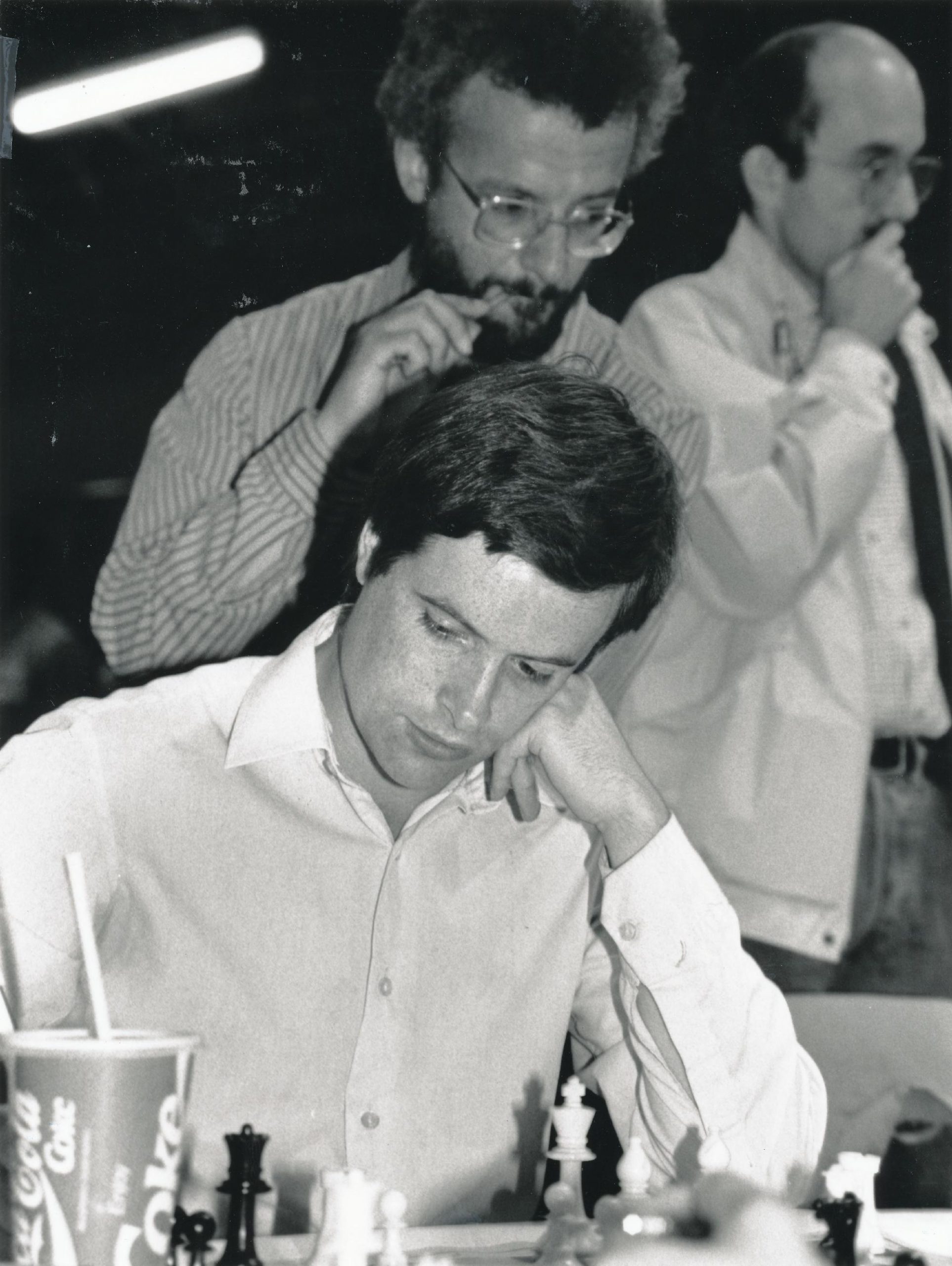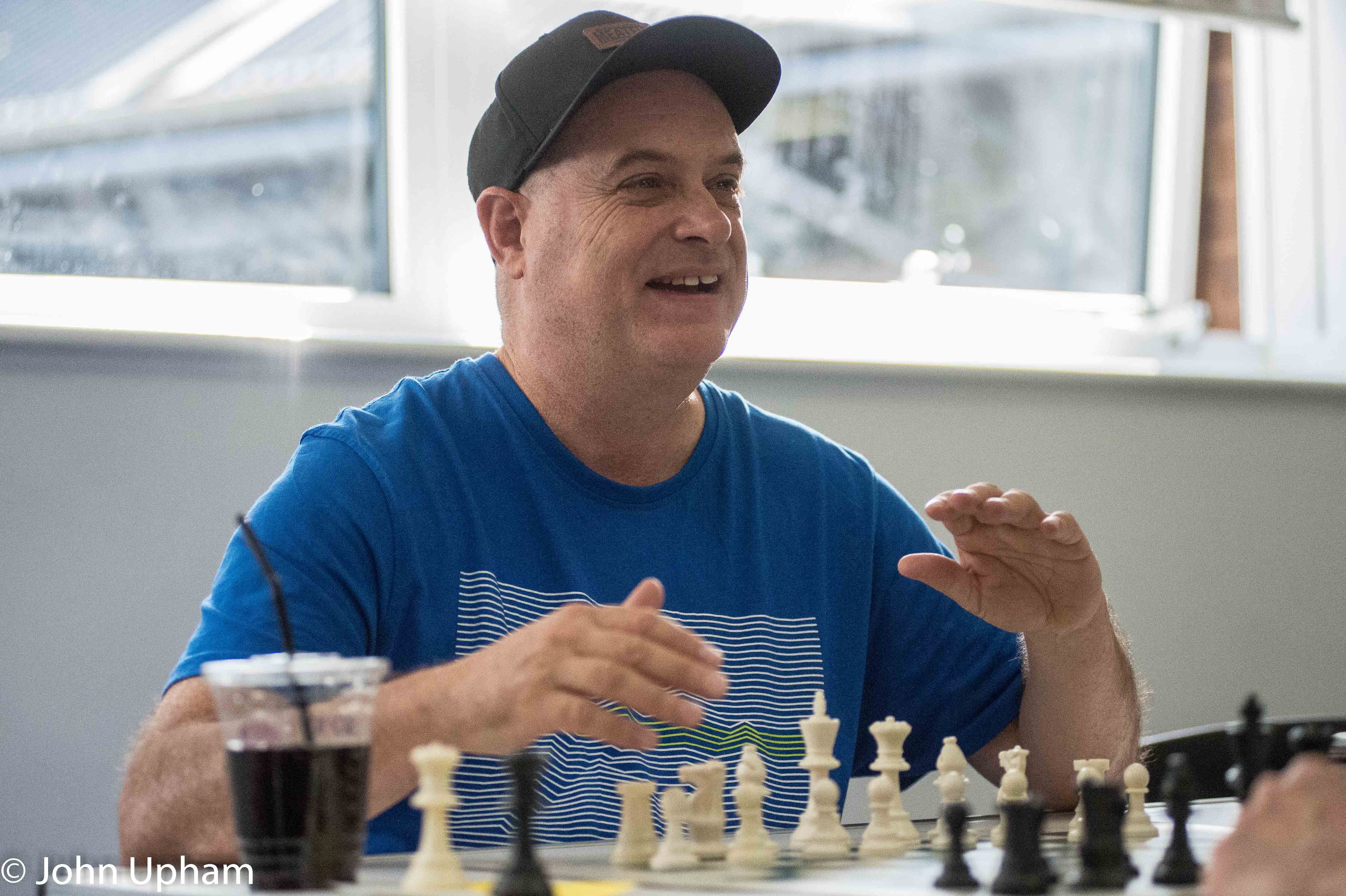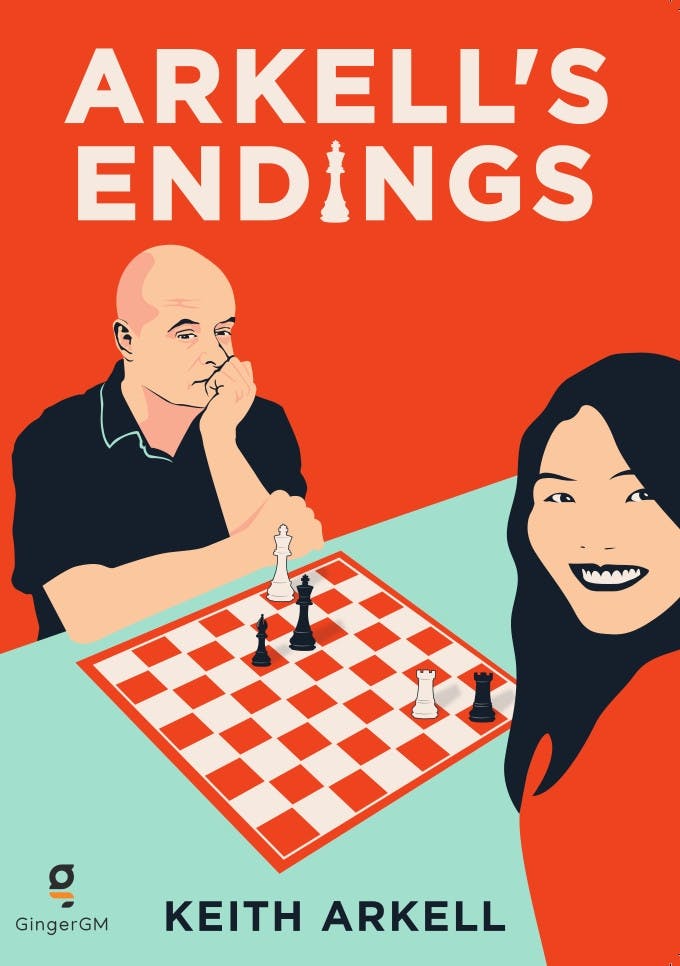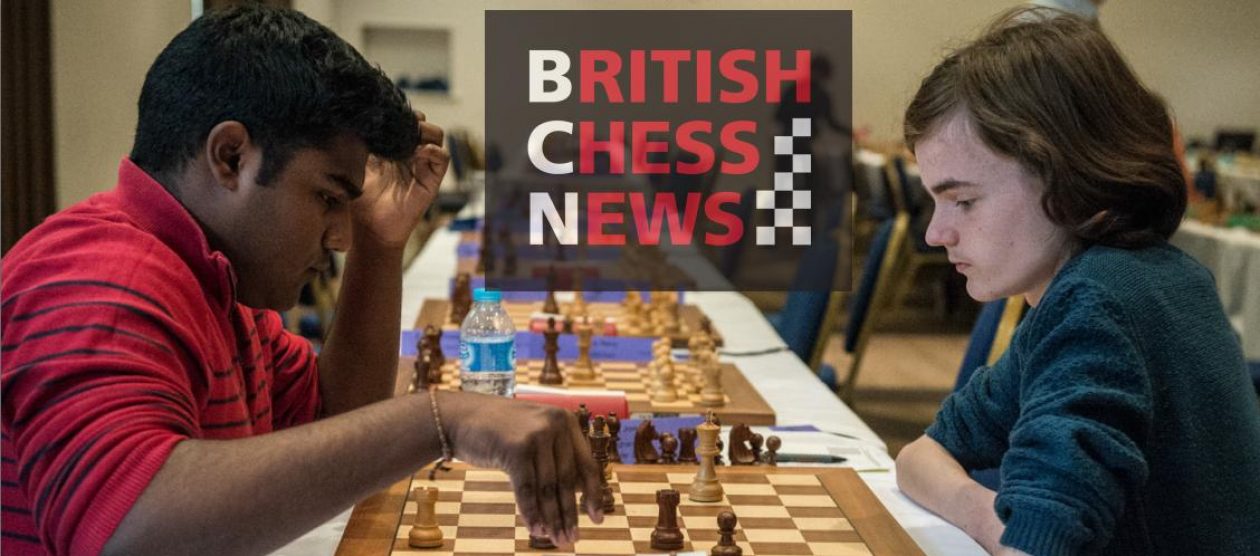We send birthday wishes to GM Keith Arkell, born this day (January 8th) in 1961.

Here is Keith’s Wikipedia entry

This was written about Keith aged 18 prior to the 1979 Spassky vs the BCF Junior Squad simultaneous display :
“Rednal, Birmingham. Rating 188. 2nd Lloyds Bank junior international, 1979.”

Keith was Southern Counties (SCCU) champion for the 2014-15 season sharing with Jonathan Hawkins
Keith finally secured the Grandmaster title in 1995 as a result of the final leg of the French League Championship. Keith gained the IM title in 1985 and then made his three norms at Ostend 1990, Parthenay in France in 1993, and in the French League finishing in March. He became England’s 26th holder of the GM title.
On August 8th 2021 Keith became the 2nd British Online Champion
Here is an interview with ChessBase from 2016.



BCN has reviewed Arkell’s Endings in depth

